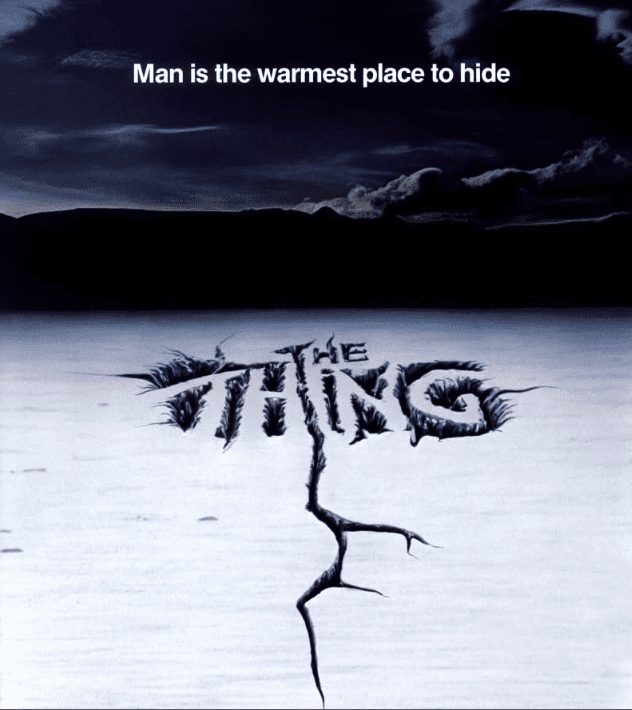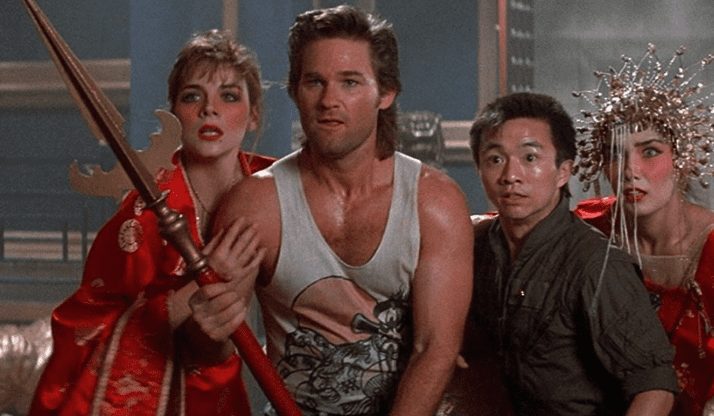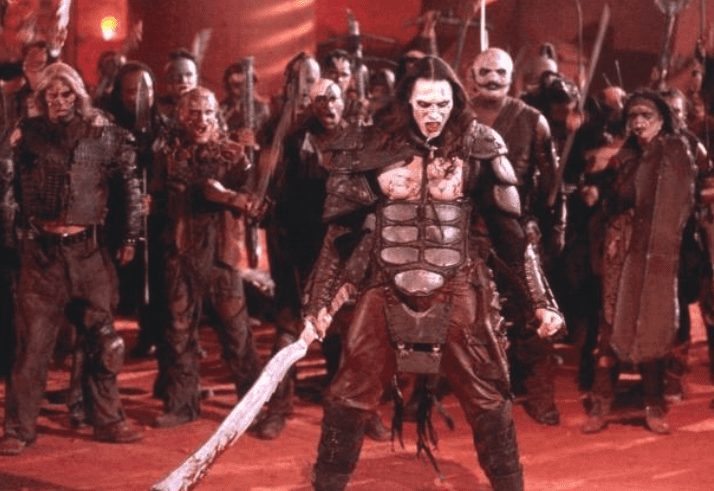Table of Contents
ToggleJohn Carpenter - The cult classic king who Took Chances
John Carpenter is a cult classic king. But the road to royalty wasn’t always paved in gold. Sometimes, the road was more of a dirt path littered with thorns of critics, but Carpenter never let that stop him. He would push through, blaze his own trail, and be sure there was room behind for others to follow. Carpenter has always let the story play out in unconventional ways since the start of his career. This strategy has paid off time and time again; even when it seems like everyone hates it…over time, it finds its audience. Taking chances and doing things his own way has always been the fuel powering Carpenter’s career. John Howard Carpenter was born in Carthage, New York, on January 16, 1948. Raised in Bowling Green, Kentucky, his early fascination with movies and music laid the foundation for his future artistic endeavors. Carpenter’s journey into filmmaking began at the University of Southern California’s School of Cinematic Arts, where he crafted his first short film, ‘Dark Star,’ which would later evolve into a feature-length cult classic. His work on this film taught him to trust his instincts and run with ideas even when they were not the most conventional. What sets Carpenter apart from his peers is his unique cinematic fingerprint – the “Carpenter touch.” Whether it’s the spine-chilling synthesizer scores, the atmospheric cinematography, or the tight narrative structure, his films are unmistakably his own. Carpenter directed and often took on the roles of writer, producer, and composer, seamlessly integrating storytelling and visual aesthetics. Wearing so many hats gave him more creative ownership of his films.
In the late 60s, Carpenter attended USC Cinema, where he made a short 8-minute film titled Captain Voyeur. Some aspects of this short film bled into Carpenter’s “break out” film Halloween. Halloween was not his first feature film; however, it was the first time he took chances, which significantly paid off. Carpenter’s filmography reads like a compendium of horror and suspense masterpieces. Halloween (1978), a low-budget gem, catapulted him into the limelight, introducing the world to the iconic character Michael Myers. Arguably, making this film was Carpenter’s most significant gamble. At a time when slasher films were virtually nonexistent, Carpenter took a chance on a low-budget horror movie with a simple yet effective premise. The decision to employ an unknown actor, Jamie Lee Curtis, and embrace a minimalist soundtrack paid off in spades.


In most significant films, such as Halloween, the director would bring in a composer to ensure the proper dread and horror would leak out of the speakers and into the ears of those watching, creating a sense of unease. Music is one of the most essential parts of horror films. Carpenter, having been raised around music his whole life, wrote the score himself, and to this day, it is one of the most iconic sounds in cinema history. Carpenter’s foray into composing his film scores, often using synthesizers, was a daring deviation from the orchestral norms of the time. His decision to score his own movies, like “Escape from New York” (1981) and “The Thing” (1982), gave his films a distinct auditory identity. This departure from traditional soundtracks worked and became a defining feature of Carpenter’s cinematic legacy.
Carpenter ventured into uncharted territory with The Thing, tackling a narrative rich in paranoia and visceral horror. A remake of a film that impacted Carpenter significantly, taking the chance to rewrite the undertones of the film completely, may not have paid off at the time. Still, the remake has become a cult classic sensation over the years. The film’s groundbreaking practical effects were a significant gamble, especially when computer-generated imagery was in its infancy. However, Carpenter’s trust in his team’s craftsmanship paid off, as The Thing is now hailed as a pinnacle achievement in practical effects and psychological horror.


Big Trouble in Little China departed from Carpenter’s typical horror fare, a genre-blending action-comedy that defied categorization. The film’s unconventional protagonist, Jack Burton, played by Kurt Russell, subverted traditional hero tropes. Though initially faced with commercial disappointment, the film has gained a cult following, showcasing Carpenter’s willingness to experiment outside his established comfort zone. A trend that we would see time and time again with Carpenter.
It’s important to note that Ghosts of Mars (2001) is often considered a commercial and critical disappointment, and it achieved a different level of success than some of John Carpenter’s earlier works. However, we can explore the aspects that make it a unique entry in Carpenter’s filmography and identify specific elements that could be seen as a gamble. It ventured into action and horror with a science-fiction backdrop. The film blended aspects of the Western genre with its space setting, creating a unique and unconventional narrative. While the experimentation with genres can be considered a gamble, it also showcased Carpenter’s versatility and willingness to explore new storytelling territories. The film employs a nonlinear narrative structure, with the main character, played by Natasha Henstridge, recounting the events through a series of flashbacks. This storytelling approach adds an extra layer of complexity to the plot. While nonlinear storytelling is not inherently a gamble, it can be divisive among audiences, and some may need help to follow. Carpenter’s decision to use this narrative technique could be considered a creative risk. While Ghosts of Mars did not achieve the same level of success as some of Carpenter’s earlier works, it remains a distinctive entry in his filmography. The film’s unique genre blend, nonlinear storytelling, practical effects, and unconventional casting choices demonstrate Carpenter’s willingness to take creative risks. While the movie might not have paid off in terms of commercial success, it showcases Carpenter’s commitment to pushing boundaries and trying new things, even if the results are divisive among audiences.

John Carpenter’s career is a testament to the rewards of taking calculated risks to pursue creative excellence. His ability to defy industry norms, experiment with genres, and trust his instincts has yielded critical acclaim and left an enduring legacy. Carpenter’s fearless approach to filmmaking inspires aspiring creators, encouraging them to embrace the unknown and trust in their artistic convictions. In cinema, where conformity often limits innovation, John Carpenter’s bold gambles continue to shine as a testament to the power of risk and the rewards accompanying it.

